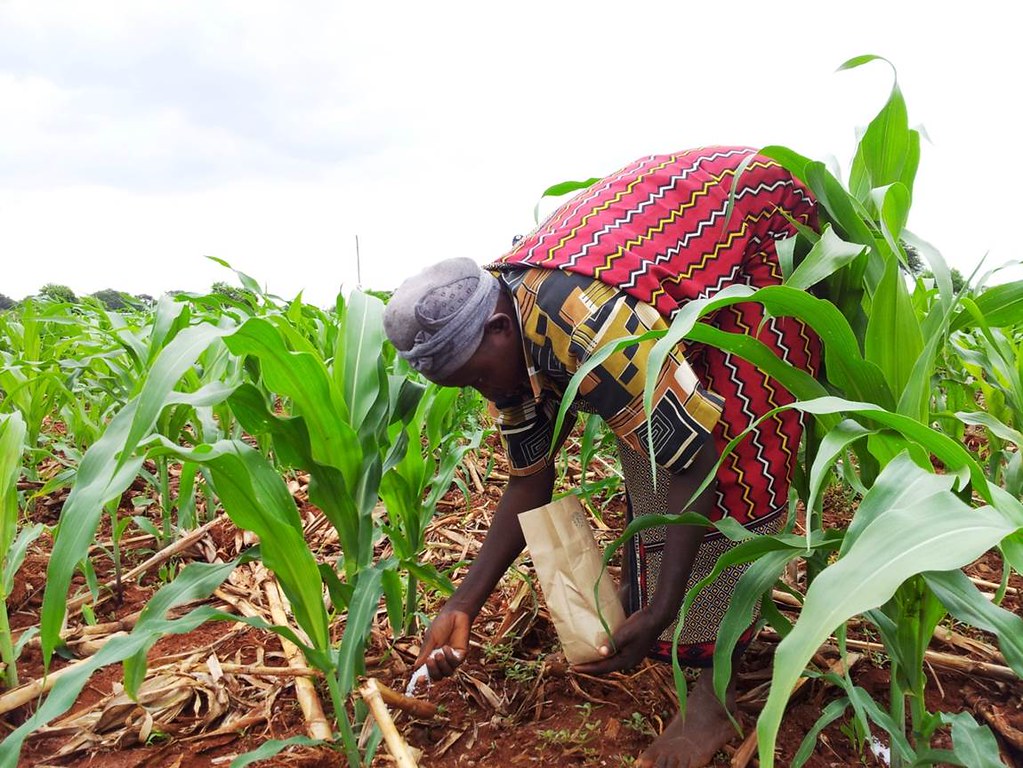Maize cultivation is vital for Zambia’s agricultural sector, serving as a staple food crop and a significant source of income for farmers. To maximize maize yield, a strategic fertilizer application schedule is crucial, particularly considering Zambia’s diverse agro-climatic conditions. This article provides a detailed maize fertilizer schedule tailored to maize planting in November, incorporating specific days and weeks for optimal nutrient management.
Understanding Zambia’s Agricultural Context:
Zambia’s agricultural landscape is characterized by diverse agro-ecological zones and varying soil types, necessitating a nuanced approach to fertilizer application. With the planting season typically starting in November after the onset of rains, it’s essential to synchronize fertilizer schedules with maize growth stages and nutrient requirements for optimal results.
Key Nutrient Requirements for Maize: Maize requires three primary nutrients: nitrogen (N), phosphorus (P), and potassium (K). Nitrogen supports vegetative growth, phosphorus aids in root development, and potassium enhances stress tolerance and disease resistance. Balancing these nutrients is critical for robust maize growth and high yields.
Optimizing Fertilizer Application Timing: For maize planted in November, the following schedule is recommended:
- Basal Application (Day 1): Apply Diammonium Phosphate (DAP) or similar compound fertilizers at planting to provide phosphorus and potassium, promoting early root development and plant establishment.
- First Top-Dressing (Week 4-6): Around four to six weeks after planting, apply urea fertilizer to provide nitrogen for vegetative growth. Splitting nitrogen application helps sustain balanced growth and prevents nutrient leaching.
- Second Top-Dressing (Week 8-10): Approximately eight to ten weeks after planting, apply another round of urea fertilizer to meet the increasing nitrogen demands during the reproductive stage.
Additional Considerations:
Regular soil testing is essential to assess nutrient levels and adjust fertilizer applications accordingly. Factors such as soil pH, organic matter content, and specific crop requirements should be taken into account. Incorporating organic matter through composting can improve soil fertility and nutrient retention, complementing synthetic fertilizer use.
Environmental and Economic Considerations:
While optimizing fertilizer schedules is crucial for maximizing yield, it’s equally important to minimize environmental impact and ensure economic sustainability. Over-application of fertilizers can lead to nutrient runoff and environmental degradation.
By adhering to recommended application rates and employing precision agriculture techniques, farmers can promote resource efficiency and profitability.
Maize Fertilizer Application Schedule for November Planting in Zambia
| Stage | Timing | Month | Fertilizer |
|---|---|---|---|
| Basal Application | Day 1 | November | Diammonium Phosphate (DAP) or D compound fertilizers |
| First Top-Dressing | Week 4-6 | December | Urea fertilizer |
| Second Top-Dressing | Week 8-10 | January | Urea fertilizer |
Answer Targets:
- Best Fertilizer for Maize:
- The most effective fertilizer for maize typically contains a balanced ratio of nitrogen (N), phosphorus (P), and potassium (K), along with micronutrients. Look for fertilizers labeled specifically for maize cultivation or those with a formulation like 10-10-10 or 20-10-10, providing essential nutrients for healthy growth.
- Optimal Timing for Fertilizer Application to Maize:
- Fertilizer should ideally be applied to maize crops before planting or during the early stages of growth. This ensures that the nutrients are readily available when the plants need them most. Generally, aim to apply fertilizer a few weeks before planting or incorporate it into the soil during seedbed preparation.
- Recommended Amount of Fertilizer per Acre for Maize:
- The amount of fertilizer required per acre of maize can vary depending on soil fertility, local climate conditions, and specific nutrient needs. However, a common recommendation is around 2 to 3 bags of 50kg fertilizer per acre. It’s crucial to conduct soil tests to determine the exact nutrient requirements and adjust fertilizer application accordingly.
- Ideal NPK Ratio for Maize Plants:
- Maize plants have varying nutrient requirements throughout their growth stages. However, a balanced NPK ratio like 10-10-10 or 20-10-10 is generally recommended for maize cultivation. This ensures adequate levels of nitrogen for leafy growth, phosphorus for root development and flowering, and potassium for overall plant health and disease resistance. Adjustments may be necessary based on soil test results and specific crop needs.
Conclusion:
A well-structured fertilizer schedule is vital for achieving optimal maize yields in Zambia, particularly when planted in November. By aligning application timing with maize growth stages and nutrient requirements, farmers can enhance productivity while promoting environmental sustainability. T
hrough informed decision-making and adherence to best practices, Zambia can continue to thrive as a key player in maize production on the African continent.
